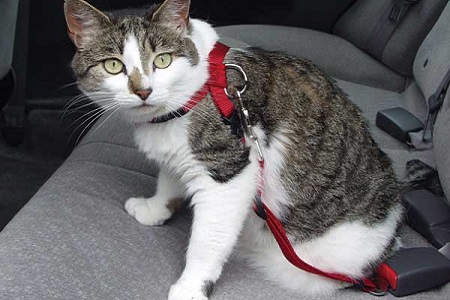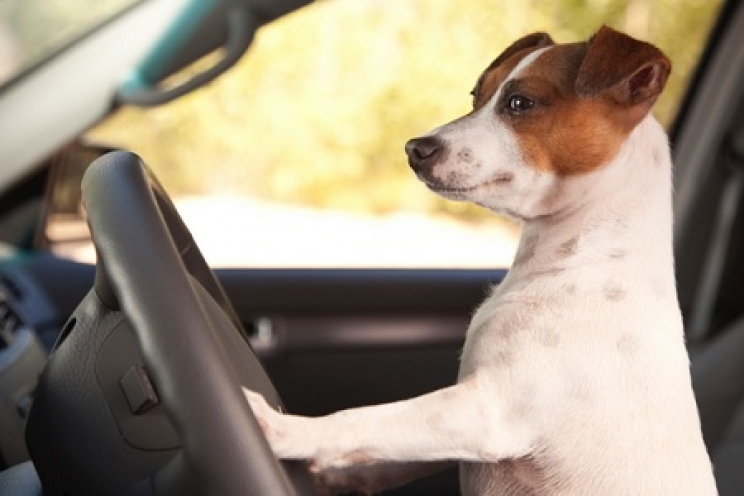Most dog owners often transport their four-legged friend by car, for pleasure or necessity. Even cats in some cases require effective and safe transport, especially for visits to the vet or for short trips and holidays. What we have to do is make sure that the transportation can take place without any risk for both of us. Let's look at some advice.
As we saw in the specific article, the regulations for the transportation of animals by car are very clear. If we want a dog or cat to travel with us, we can leave it free in the passenger compartment, always relying on our common sense. This means that if he is a quiet type, accustomed to traveling by car, he can sit on the back seats, without resorting to the trunk or carrier. On the contrary, if it is a cat or a lively dog, unaccustomed to traveling, the use of some protective supports would be preferable.
In order to have a safe and pleasant trip with your animal, here are some tips:
-
Dog safety belts: these are special nylon strips with a double closure. On the one hand, they can be attached to the collar, like a normal leash, whilst on the opposite side we find a particular closure, identical to the normal seat belts supplied by the car. For greater safety, you can also buy a special bib, more enveloping and comfortable than normal walking models. Not all dogs can handle the seat belt because they often feel constrained and limited in movement. In any case, this is a problem that can be easily solved with a little habit;
-
Car partitions: they are surely one of the safest solutions. They can be adjustable or fixed, depending on the needs and model of the car. The adjustable models are more suitable for infrequent movements, and can be applied both to the special lateral supports on the bodywork and to the headrests. Fixed models, on the other hand, although more resistant, must be declared with the Civil Motorization. On the market, we can find dividers with different characteristics based on where we want to apply them. For example, we can decide to use them to create a space in the trunk or between the front and back seats. Furthermore, some models are adjustable in height and width, to ensure greater safety. The dividers are excellent for transporting animals, because they offer great freedom of movement, while protecting passengers;
Protective net: it is an economic and very simple solution to apply. It is a non-elastic net, which is hooked to the four corners with fixed or adjustable supports. It is the ideal remedy for those who want to transport rather calm animals, respecting regulations;
-
Kennel, pet carrier or cage: it is the most suitable method especially for cats. The classic pet carrier or kennel is generally made of rigid plastic, with several slits for the air and an opening door on the front. Alternatively, we can choose a metal cage, more resistant and less "claustrophobic" than the pet carrier. Both are available in many sizes, from the minimum ones for rabbits and kittens to those for large and giant dogs;
- Bags: very useful for cats and small dogs. They can be temporarily fixed to the front or back seat, and are generally made of soft or semi-rigid material, with numerous openings for the air and allow the animal to look outside;
- Seat cover: this is an alternative solution, not suitable for lively or large dogs. It attaches to both the front and back seats, creating a "boat" coating that at the same time protects the upholstery and prevents the animal from reaching the front of the vehicle whilst we are driving.
To facilitate the entry in the car, especially if it is fearful dogs, small in size or with joint problems, we can buy a special ramp, to be placed diagonally between the asphalt and the trunk.
These are the main methods used to transport animals by car. In any case, before using them, we must give our four-legged friends time to get used to these objects, which are so strange and difficult to understand for them.
If the dog or cat really does not want to get in the car, we can follow the advice proposed in this article.










